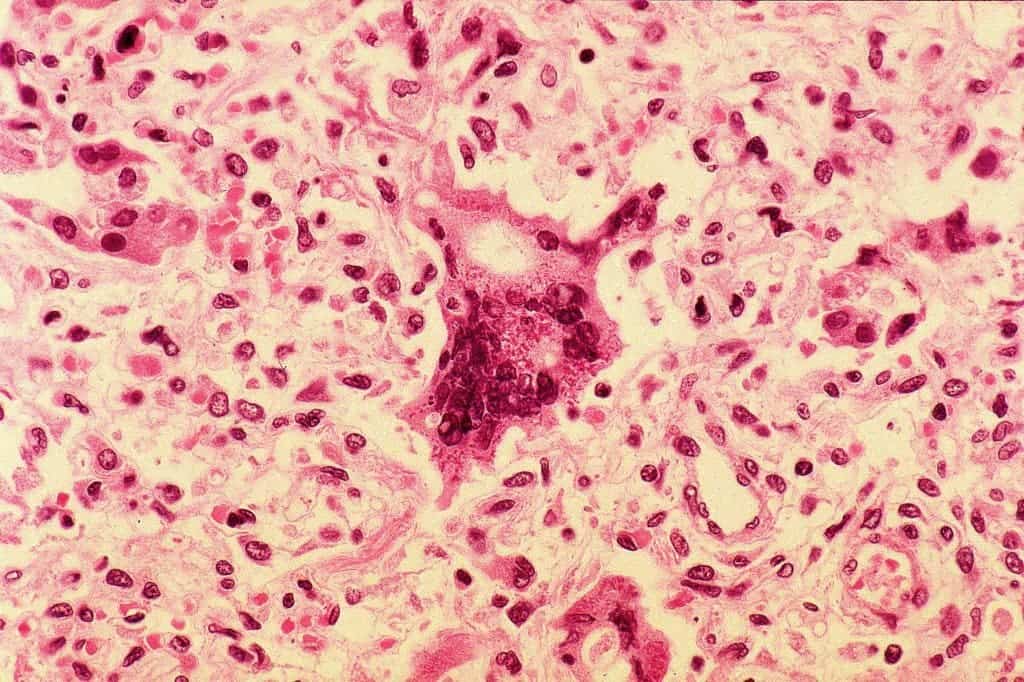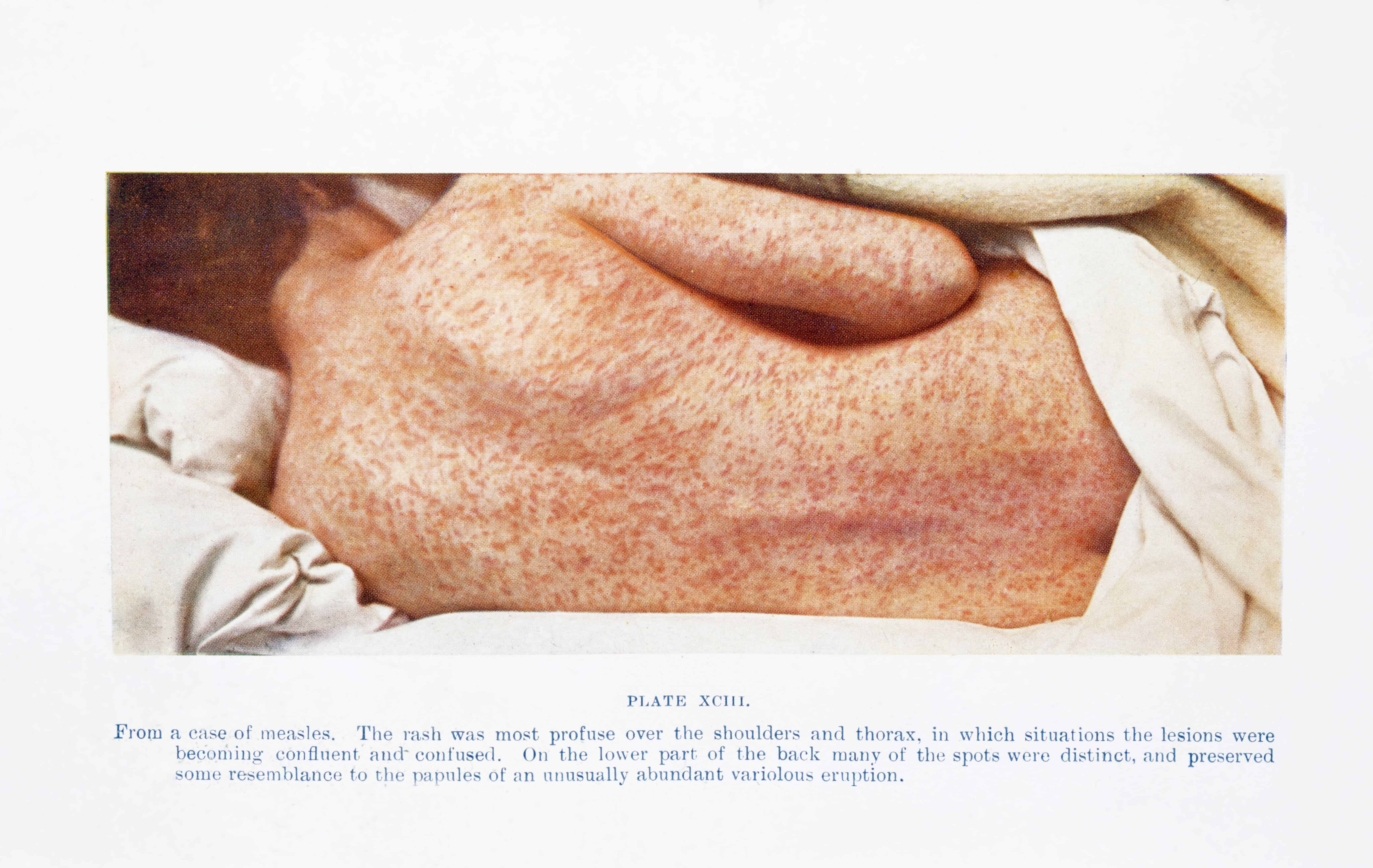In 2000, the CDC declared measles as eradicated in the US, meaning there was no more endemic transmission. That doesn’t mean though, that it can’t creep out from time to time, especially in communities where heard immunity is poor because of low rates of vaccination. This is attested by a woman who unfortunately died of the virus, making it a first in twelve years. The woman was taking medications that suppressed her immune system due to other conditions, and this made it very difficult for her body to fight another infection.

The ruling cause of death was pneumonia, but autopsy revealed the pneumonia was due to contracting measles. Typically, the measles virus is very easily beaten with effective medication, but the women showed no classic signs like itching. The measles wasn’t exactly on top of the doctors’ list, considering it’s been endemically eradicated, so they missed it. She caught the virus while being treated in a medical facility. Another person came in with measles before the rash had appeared but while still contagious. It was effectively too late to do anything, unfortunately. Everybody was surprised when the autopsy showed measles.
“This should have been a preventable death, and I think her death is a tragedy,” said Dr. Mark Schleiss, professor of pediatrics and director of the Division of Infectious Diseases and Immunology at the University of Minnesota. “Measles is a disease we know we can control with effective immunizations. For this to happen is really unfortunate and unnecessary.”
For Schleiss, the woman’s death isn’t that surprising given the recent anti-vaccine waves that splashed Washington state.
“We know that Washington state is a state with one of the highest percentages of religious and philosophical exemptions for vaccines in the country,” he said. “It seems a reasonable conclusion that this death occurred because of inadequate immunization levels, but more epidemiological investigation will have to take place to find out.”
This is the 11th in Washington and the sixth in Clallam County this year. According to Forbes, there have been other deaths attributed to measles in the past 12 years, but measles as a cause of death hasn’t been confirmed in these instances.
Measles, also called rubeola, is a highly contagious respiratory infection that’s caused by a virus. It causes a total-body skin rash and flu-like symptoms, including a fever, cough, and runny nose. Today in the United States measles cases are very rare, but 20 million cases happen worldwide every year.
In 1912 about 6,000 measles-related deaths were reported. In 1954, John F. Enders and Dr. Thomas C. Peebles collected blood samples from several ill students during a measles outbreak in Boston, Massachusetts. They wanted to isolate the measles virus in the student’s blood and create a measles vaccine. In 1963, the first measles vaccine was introduced. Nowadays, infants between 12 to 15 months old have to take the MMR vaccine, which protects against measles, mumps and rubella. A second dose is required when the children are four and six years old.
According to National Geographic, the woman deceased from measles was vaccinated.
“The whole point of widespread immunization is knowing that there will be a subset of people who may lose immunity by becoming immune-compromised or cannot be vaccinated for medical reasons,” Schleiss said. “That’s why we need robust, high levels of immunization – to protect the rights and freedom of individuals who cannot be vaccinated.”






